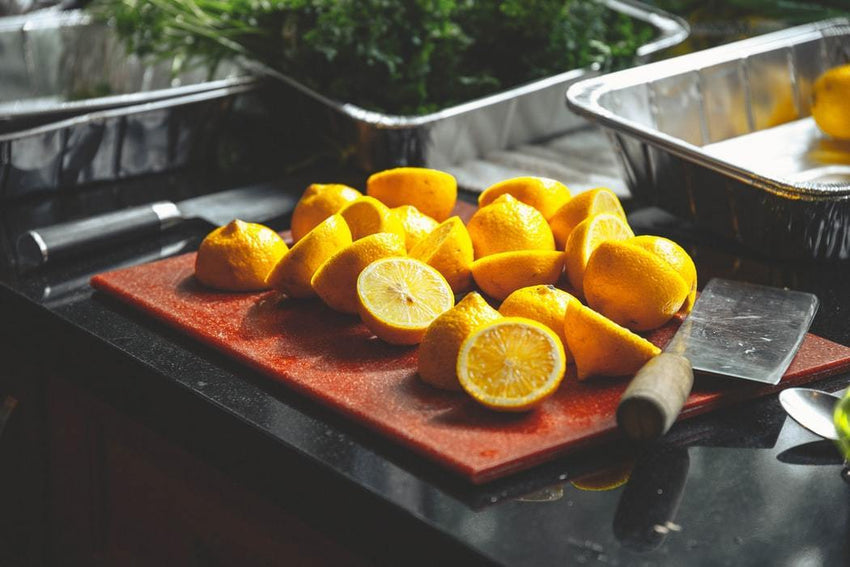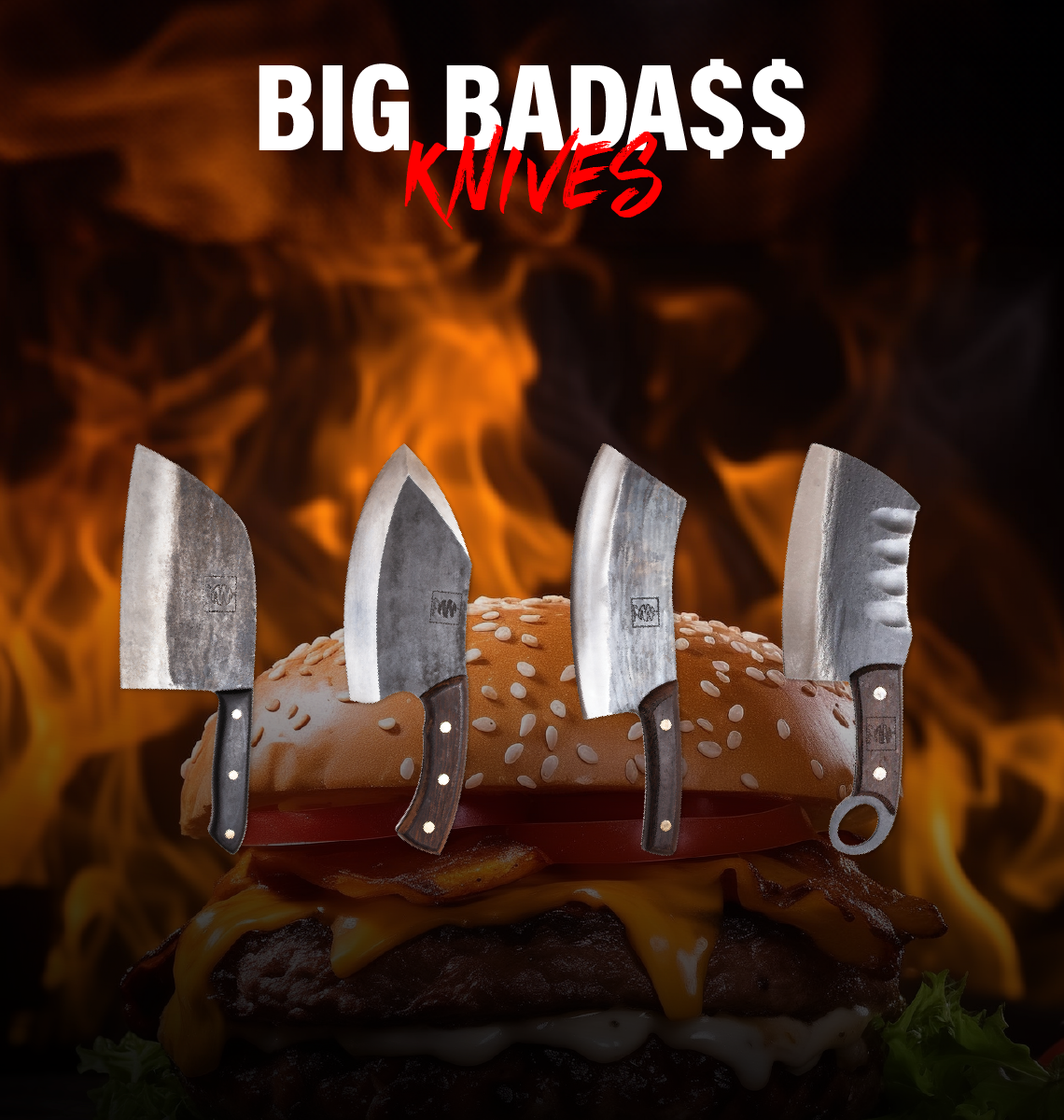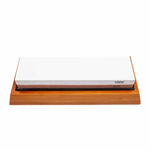Why are Stainless Steel Knives preferred when cutting acidic foods?

For a long time now there has been some debate about whether acidic foods can actually affect sharpness or edge retention of steel kitchen knives. And many professional chefs have declared that for this reason, they use only Stainless steel kitchen knives when dealing with acidic foods. Today, we are here to discuss why are stainless steel knives preferred when cutting acidic foods.
First of all, let’s define acidity and clarify which are the foods that are considered acidic:
The pH value tells you if something is an acid, a base, or neutral.
- A pH of 0 indicates a high level of acidity.
- A pH of 7 is neutral.
- A pH of 14 is the most basic, or alkaline.
Here’s a list of fruits and their pH from Clemson University. They are listed from most acidic to least:
- limes (pH: 2.00–2.80)
- blue plums (pH: 2.80–3.40)
- grapes (pH: 2.90–3.82)
- pomegranates (pH: 2.93–3.20)
- grapefruits (pH: 3.00–3.75)
- blueberries (pH: 3.12–3.33)
- pineapples (pH: 3.20–4.00)
- apples (pH: 3.30–4.00)
- peaches (pH: 3.30–4.05)
- oranges (pH: 3.69–4.34)
- tomatoes (pH: 4.30–4.90)
When the acid comes in contact with steel, it will corrode the steel. The corrosion products of steel and lemon pass into the lemon juice and finally into our stomach. This is dangerous for human health. Hence, we avoid cutting the lemons with a steel knife. A stainless steel knife is therefore preferred for cutting lemons, which we’ll avoid corrosion of steel, and consequently, it will protect our health.
Stainless steels stain less! They have other metals added to prevent the interaction with the food. A decent stainless blade will not impart any change to the food it cuts. Food like avocados and apples darken after they are cut, but only because of the exposure to the oxygen in the air. The stainless knife has nothing to do with it.
It’s a fact that loss of sharpness is possible with exposure to acidic foods, especially with simple carbon steel. Stainless steel does have some corrosion resistance and therefore loses less sharpness than carbon steel. Although, the sharpness loss might occur through an increase in edge roughness rather than primarily through rounding of the edge like in slicing. Therefore, it is relatively easy to bring the sharpness back through something like a strop or a ceramic rod. Even if you cut acidic foods with carbon steel knives you shouldn’t worry that much. Just follow our guide on how to sharpen steel knives and you’re all set.
Stainless Steel Care Instructions;
Stainless* steel: VG1, VG10, AUS8, AUS10, SG2(R2), ZDP189, HAP40, Silver 3
Recommended to:
Wash and dry knife after use (Store knives when dry)
Preferred to be sharpened with whetstones
Not Recommended to:
use a dishwasher
attempt to cut through bones/frozen foods































